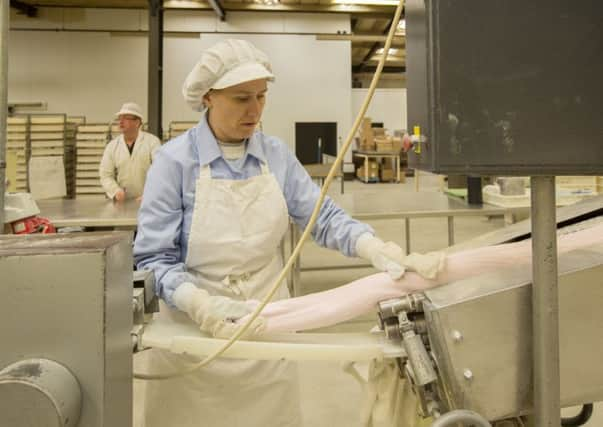Scotland bucks UK export slump in third quarter


According to the latest Quarterly International Trade Outlook, covering the third quarter, measures for export sales and orders balances showed that they fell to their lowest levels since the second quarter of 2009.
Nonetheless export orders remained constant for 54 per cent of UK businesses, with 50 per cent reporting that export sales stayed level with the previous quarter.
Advertisement
Hide AdAdvertisement
Hide AdThe trade confidence index, which measures the volume of trade documentation issued nationally and business’ confidence, fell by 4.6 per cent quarter-on-quarter.
However Scotland bucked the trend, and was the only part of the UK to see an increase in quarter-on-quarter trade performance, at 2.2 per cent.
For the UK as a whole, confidence in expectations over turnover and profitability took a downward turn, with 13 per cent expecting a fall in turnover, from 7 per cent in the second quarter, and 16 per cent expecting a drop in profits, from 11 per cent.
Looking at the latest figures, BCC director general John Longworth said they “make it clear that the UK’s export drive is at risk of going into reverse gear, precisely at the time when it needs to be moving forward.
“Many firms are currently operating at capacity and are in need of support to invest in machinery or staff. Those businesses considering taking the leap and breaking into new markets desperately need access to the growth funding and working capital to enable this transformation.”
He added that export success “is all about having the right market information, and the right fundamentals”. The BCC released the findings to coincide with the BCC International Trade Conference in London today, which looks to help UK firms grow in high-growth markets overseas.
Its new data follows the news yesterday that UK factory output jumped to a 16-month high last month, shrugging off months of lacklustre growth.
The Cips/Markit purchasing managers’ index survey posted a reading of 55.5, where 50 separates growth from contraction, up from September’s revised 51.8 figure. The report said the rise of 3.7 points was one of the steepest in the survey’s 24-year history.
However, it also said it remained to be seen if this jump was a one-off rise or the start of a longer-term trend of expansion.